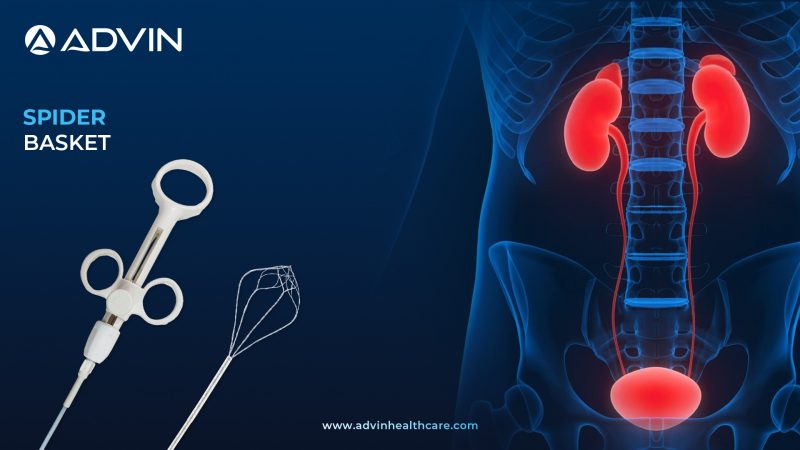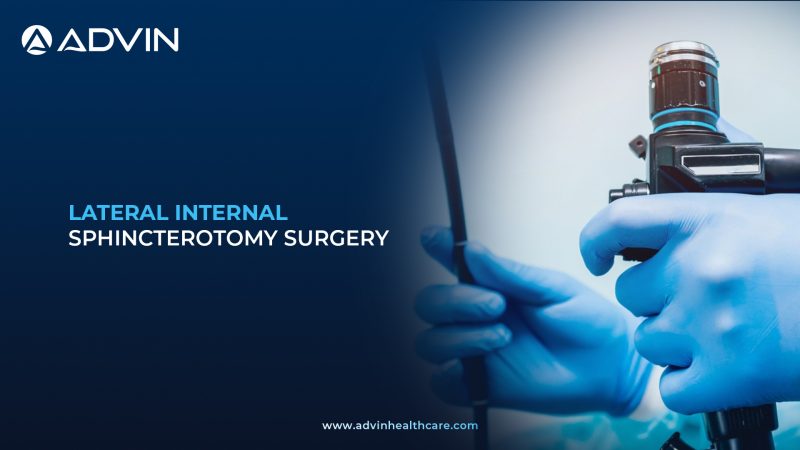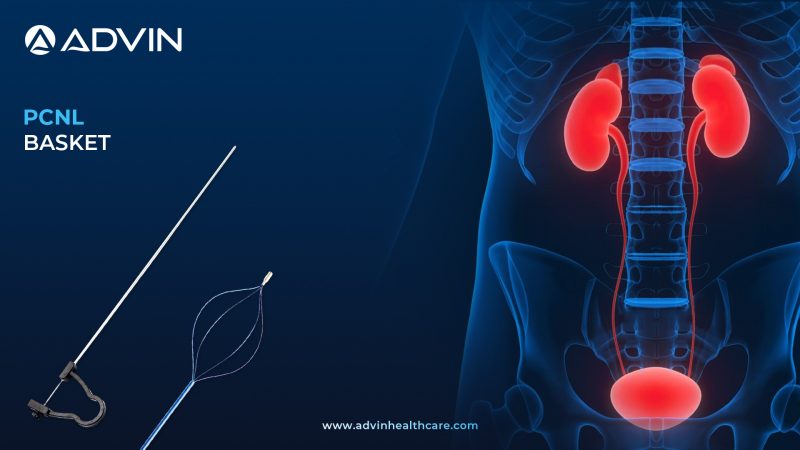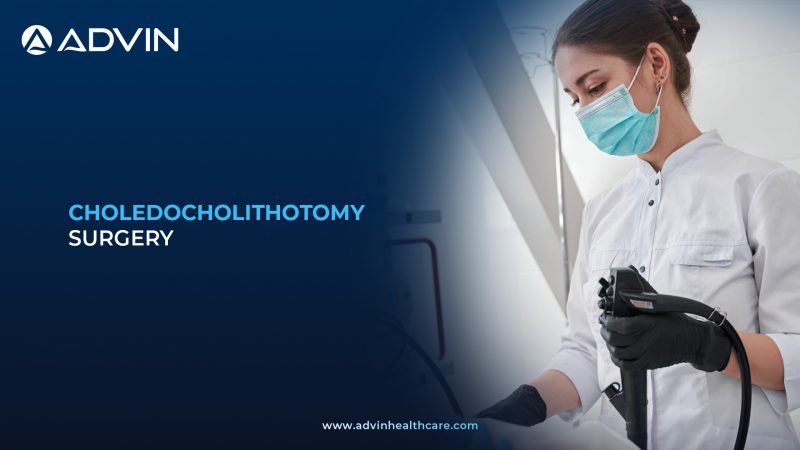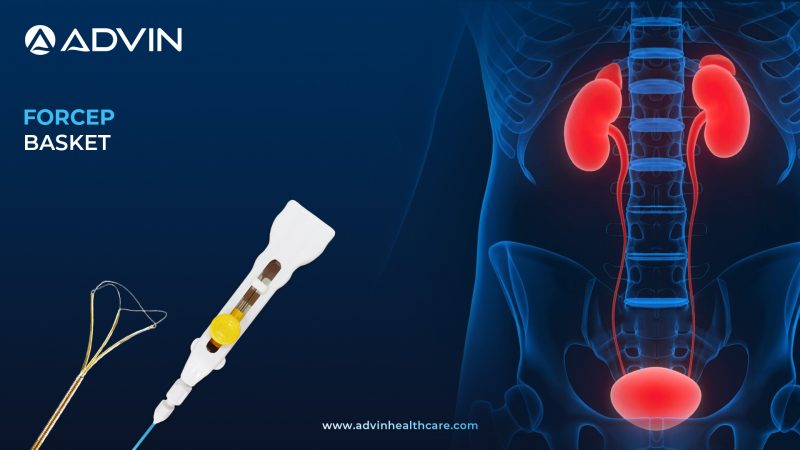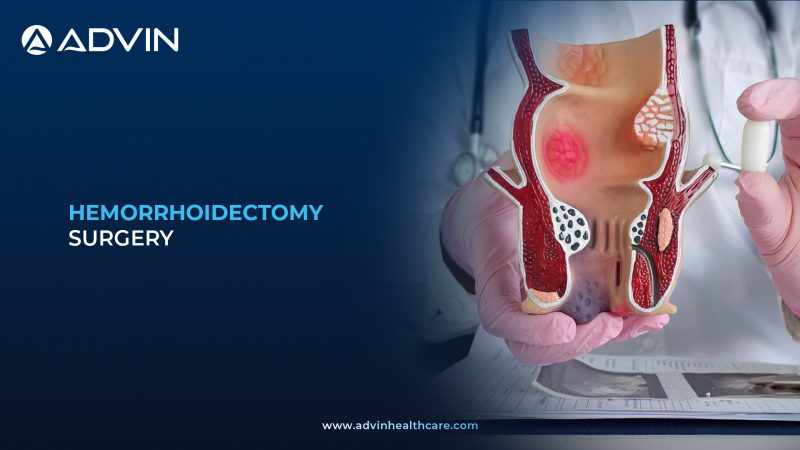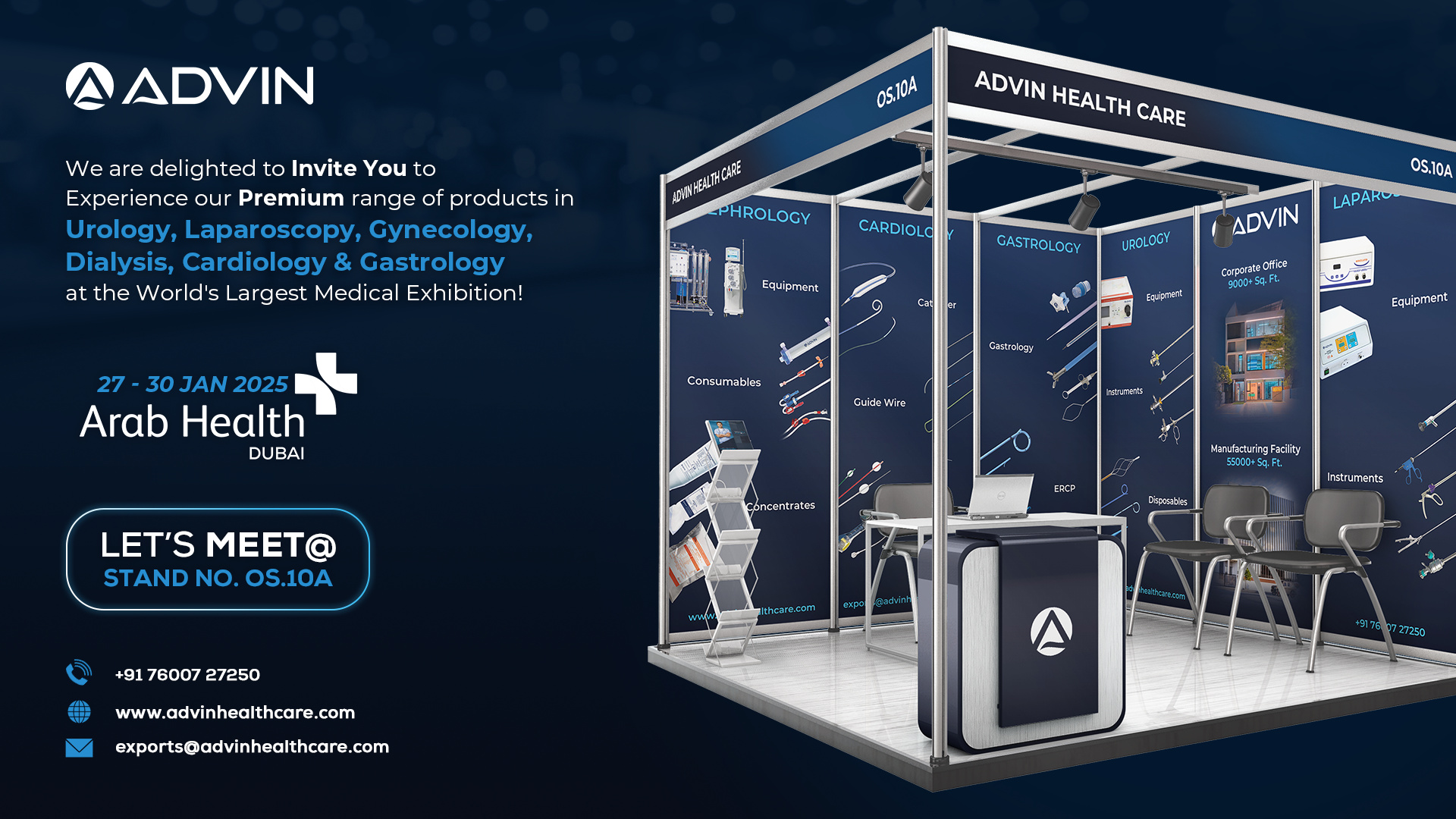Cardiac Sympathectomy Introduction
Cardiac sympathectomy is a surgical procedure that involves cutting or destroying certain nerves that control the heart. These nerves are part of the sympathetic nervous system, which can contribute to abnormal heart rhythms. The goal of the surgery is to reduce severe, life-threatening arrhythmias that don’t respond to medication.
Targeted Nerve Interruption for Arrhythmia Control
In cardiac sympathectomy, the surgeon typically removes or disrupts part of the sympathetic nerve chain, especially the lower cervical and upper thoracic ganglia. This is often done using minimally invasive thoracoscopic techniques, which require only small incisions in the chest. Specialized tools such as endoscopic scissors, electrocautery devices, and video cameras are used during the operation. The surgery alters the nerve signals to the heart, helping stabilize the electrical system and prevent dangerous arrhythmias. It is especially useful for patients with refractory ventricular arrhythmias or long QT syndrome. By blocking these nerve signals, the heart becomes less prone to rhythm disturbances caused by stress or other triggers.
Why it’s done?
- To treat life-threatening ventricular arrhythmias that do not respond to medications or catheter ablation.
- To manage inherited conditions like long QT syndrome or catecholaminergic polymorphic ventricular tachycardia (CPVT).
- To reduce the risk of sudden cardiac death in high-risk patients.
- To control arrhythmias in patients who are not candidates for implantable defibrillators or have recurrent shocks despite ICD therapy.
Products Related to Cardiac Sympathectomy
- Thoracoscopic Endoscopic Instruments
- Electrocautery Unit
- Insufflation Needle
- Video Thoracoscope
- Endoscopic Scissors
- Trocar and Cannula Set
- Surgical Suction Unit
- Chest Tube Drainage System
- Nerve Hook
- Hemoclip Applier
Top 5 Countries of Cardiac Sympathectomy
- United States
- Germany
- United Kingdom
- Canada
- Japan
Cardiac Sympathectomy Benefits
- Reduces the frequency and severity of dangerous heart arrhythmias.
- Provides an option for patients who do not respond to medications or ablation.
- Helps decrease the number of shocks delivered by implantable cardioverter-defibrillators (ICDs).
- Improves overall quality of life and reduces hospital admissions.
- Offers long-term control of symptoms in patients with certain inherited heart rhythm disorders.
Advin Health Care is a leading manufacturer of Cardiac Sympathectomy-related products, offering advanced tools designed to support precision and safety in cardiac nerve surgeries.
Get Connected:
+91-75037 27248 | cardiology@advinhealthcare.com | www.advinhealthcare.com


